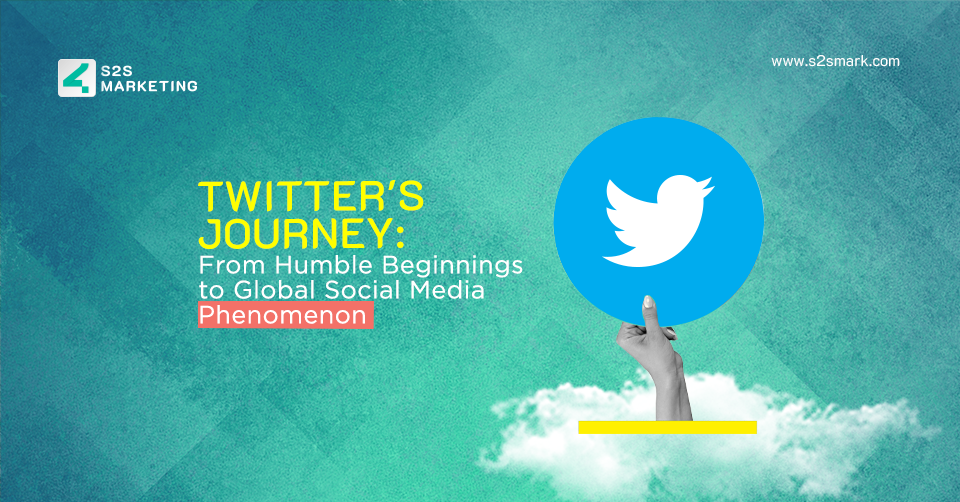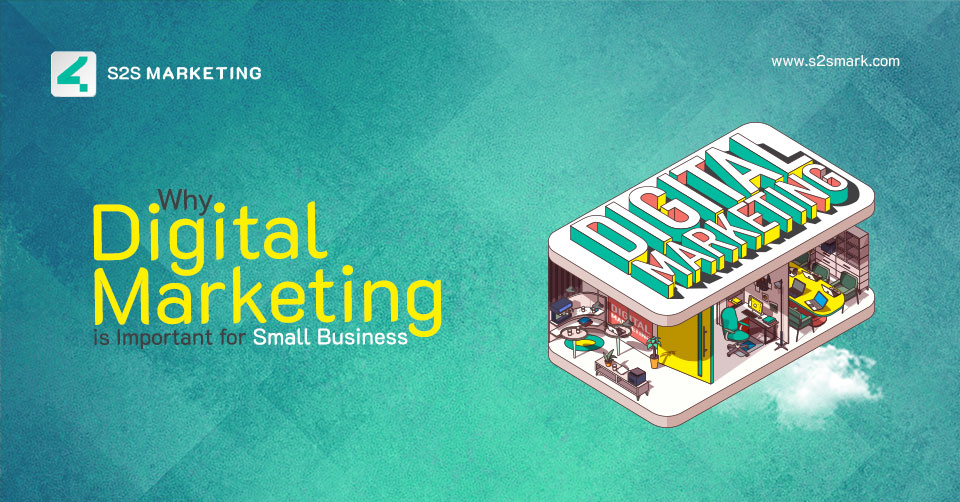Twitter, a ubiquitous social media platform, has evolved into a global phenomenon since its inception. Launched in 2006, the platform has not only transformed the way people communicate but has also played a pivotal role in shaping public opinion, political movements, and the spread of information worldwide. This blog delves into the remarkable story of Twitter’s rise to prominence, exploring its origins, significant milestones, impact on society, and future prospects.
Chapter 1: Inception and Early Days
Twitter was founded by Jack Dorsey, Biz Stone, and Evan Williams, who sought to create a platform that allowed users to share short, 140-character messages, termed “tweets.” The idea was inspired by SMS messaging, enabling quick and concise communication. Twitter’s first tweet was sent by Jack Dorsey on March 21, 2006, and the platform was officially launched on July 15, 2006.
Initially, Twitter faced challenges in gaining traction and struggled to define its identity. It wasn’t until the South by Southwest Interactive conference in 2007 that Twitter garnered significant attention, as its usage spiked during the event. From there, the platform’s user base began to grow rapidly.
Chapter 2: The Rise of the Hashtag and Virality
One of the pivotal moments in Twitter’s journey was the introduction of the hashtag in 2007, proposed by user Chris Messina. The hashtag became a powerful tool for categorizing content and facilitating discussions around specific topics. This innovation further contributed to Twitter’s exponential growth, as users could easily find and participate in conversations on diverse subjects.
Furthermore, Twitter’s simplicity and real-time nature made it a go-to platform for breaking news. The platform witnessed its first major global event during the 2007 San Diego wildfires, where people used Twitter to share information, offer assistance, and provide updates.
Chapter 3: Twitter’s Impact on Sociopolitical Movements
Twitter’s influence on social and political movements cannot be overstated. In 2009, during the Green Revolution in Iran, the platform played a significant role in disseminating information and images of the protests, circumventing media censorship. Similarly, the Arab Spring in 2011 saw Twitter as a critical tool for activists to organize and share updates during the uprisings.
However, Twitter’s impact was not limited to political movements. The platform has also given rise to numerous social and cultural phenomena, such as viral challenges, memes, and trending topics that have brought people together from around the world.
Chapter 4: Challenges and Controversies
Despite its success, Twitter has faced several challenges and controversies. The issue of online harassment and abuse on the platform became a growing concern, leading to debates over free speech versus responsible moderation. Twitter also grappled with the spread of misinformation and fake news, prompting the company to implement measures to combat these issues.
Monetization was another hurdle for Twitter. The company struggled to turn a profit in its early years, leading to various strategies such as promoted tweets and advertising. Additionally, the departure of key executives and internal restructuring posed challenges to the platform’s growth and stability.
Chapter 5: Innovations and Expansions
Throughout its journey, Twitter has continuously evolved and introduced new features. The character limit was increased from 140 to 280 in 2017, providing users with more space for expression. The introduction of video tweets, Twitter Moments, and live streaming has enhanced the platform’s engagement and user experience.
Twitter’s acquisition of other platforms, such as Vine and Periscope, aimed to expand its capabilities and stay competitive in the rapidly evolving social media landscape.
Chapter 6: Twitter in the Current Landscape
Today, Twitter boasts hundreds of millions of active users worldwide and has established itself as a primary source of news and information. It has become a preferred platform for influencers, celebrities, journalists, and politicians to engage with their audience directly.
The platform’s role in shaping public opinion has also led to increasing scrutiny. Twitter’s policies on content moderation and user privacy continue to be subjects of debate.
Chapter 7: The Future of Twitter
As Twitter looks ahead, it faces both opportunities and challenges after the Elon Musk takeover. To remain relevant and sustain growth, the platform must continue to adapt to changing user preferences and tackle issues like misinformation, user safety, and content moderation.
Twitter’s potential expansion into emerging markets and its ability to diversify revenue streams will be crucial in securing its long-term success, even though rebranding could set it back a few feet.
Conclusion
Twitter’s journey from a small messaging platform to a global social media giant has been nothing short of extraordinary. Its impact on communication, information dissemination, and societal change has been profound. As Twitter continues to evolve, it must navigate challenges while embracing innovation to maintain its relevance in an ever-changing digital landscape. With its enormous user base and cultural significance, Twitter’s story is far from over, and the world eagerly awaits its next chapter.





